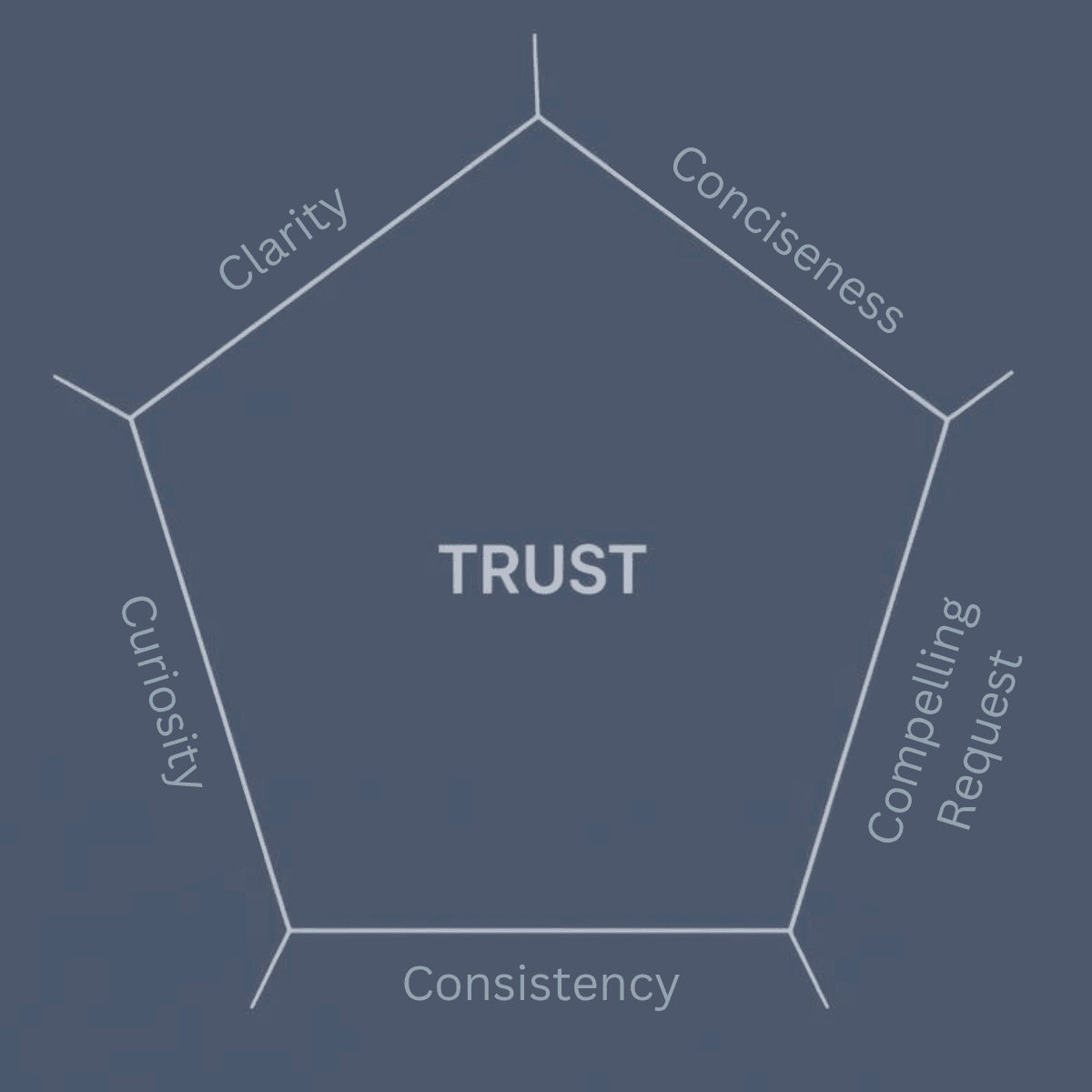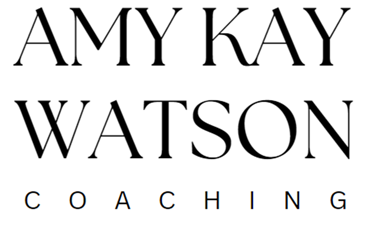A manager I was coaching felt she was failing at accountability. “I ask for deadlines,” she told me, “but the work is still late, and I just end up feeling like I’m pestering my team.”
As we talked, she had a breakthrough: “I set the what and the when,” she said, “but I just realized I’ve never established clear expectations for how to communicate if obstacles get in the way.”
She was missing a crucial piece of the puzzle. Accountability isn’t just a one-time agreement; it’s an ongoing, clear, and mutual communication process. She was taking all the responsibility for follow-up because her team didn’t know what “good” communication looked like. Together, we scripted a simple, clear line to add to her requests: “If something gets in the way, please let me know by Wednesday so we can adjust together.”
This small shift was game-changing. It framed communication not as “pestering” (her fear) or “excuses” (her team’s fear), but as a necessary part of the workflow.
Most of our clients’ conflicts stem from this exact gap, leading to frustration, hasty judgments, and recurrent misunderstandings. This is where the Five C’s of Effective Communication become your most powerful leadership tool.
At work, where we spend the majority of our waking hours, feeling unheard can foster significant frustration, precipitate hasty judgments, and lead to recurrent misunderstandings. Such dynamics can create a divide between employees and leaders, setting the stage for tension and a detrimental atmosphere.
This is where our brains betray us. When we face ambiguity or a broken agreement, our brain defaults to the Fundamental Attribution Error. We instinctively blame the person (“They are lazy,” “They don’t respect me”) rather than the situation (“The expectations must have been unclear”). These “hasty judgments” aren’t a moral failing; they’re a cognitive shortcut. Using a clear communication framework is how you override this default and choose a more effective, empathetic, and accurate path.
In contrast, effective communication builds trust in teams and supports both exceptional performance and tangible outcomes. The goal is straightforward: refine your communication skills to foster positive interactions no matter where in the hierarchy you work or where your words will land.

Healthy communication enhances the broader organizational culture. Focusing on internal improvements (from product quality to customer service) can substantially boost productivity, profitability, and staff engagement.
Before initiating any conversation, ensure the timing is appropriate and you command full attention from your audience. Then, focus on the Five C’s of effective communication:
1. Clarity:
Define your statements and requests with precision. Clearly articulate the issue, why it matters to you, and what you hope to achieve by addressing it. For instance, if you want to address feeling ignored during meetings, pinpoint which specific contributions are being overlooked and calmly suggest ways to integrate your insights effectively.
2. Conciseness:
Communicate your needs succinctly. Strip away non-essential details to focus sharply on the core message, which enhances the efficiency and impact of your dialogue. A simple writing trick is to remove adjectives and adverbs from your sentences, use the simplest form of nouns and verbs, and construct sentences without introductory phrases. For instance, “The Accounting Department found mistakes” rather than “In the previous quarter an organizational review uncovered inconsistencies.”
Conciseness isn’t just about speed; it’s about managing your listener’s cognitive load. When a message is buried in jargon, backstory, and emotion, the listener has to work hard just to find the point. This mental “tax” leaves them with less capacity to actually solve the problem. When you provide a clear, concise message, you are doing the empathetic work for them, which frees up their energy to move straight to action and agreement.
3. Compelling Request:
After laying out your case, propose practical and agreeable solutions. If the problem is a symptom of a larger issue, first recognize this broader problem, then outline steps to build and enact a solution.
4. Curiosity:
Respond to others’ opinions with genuine curiosity. After stating your case, actively listen and show interest in the responses of your colleagues. This approach not only supports mutual respect but also opens doors to collaborative problem-solving.
Your fourth C, Curiosity, is the single most powerful behavior for building Psychological Safety. This concept, defined by Harvard’s Amy Edmondson, is the “belief that one will not be punished or humiliated for speaking up with ideas, questions, concerns, or mistakes.” When you react with genuine curiosity instead of defensiveness, you are modeling that it’s safe to tell the truth. This is non-negotiable for teams that need to innovate, catch errors, and avoid the burnout that comes from “rescuing” and “doer” mode.
5. Consistency:
Maintain these communication standards consistently across all interactions. Regular application of clarity, conciseness, compelling requests, and curiosity will create a habit of communicating effectively, and you’ll be able to expect a more cohesive and supportive work environment.
Application Exercise: Use the 5C Filter
The best way to build this skill is to start small. Before you send your next email or walk into a 1:1, run your message through this quick filter:
- Is it Clear? (Will they know exactly what I’m asking?)
- Is it Concise? (Is it as short as it can be without losing meaning?)
- Is it a Compelling Request? (Is my “ask” specific and actionable?)
- Am I ready to be Curious? (Am I prepared to listen, or am I just waiting to talk?)
- Is this Consistent? (Does this match the standards I set last time?)
Bottom Line
Mastering these Five C’s moves communication from a “soft skill” to a core leadership strategy. This is how you stop rescuing, build real trust, and create a system where empathetic accountability can thrive.

